Will AR glasses replace smartphones? It sure looks like it
[ad_1]
Alternate realities have traditionally dominated point and fiction. From the use of augmented and virtual realities in air battle education to sci-fi stories and novelistic tales of hunting into a crystal ball, these surrogate realities have normally assisted humankind run superior or cope with the harsh truths of the serious earth.
Stepping into the long term, we can see virtual reality (VR) and augmented truth (AR) systems starting to be commonplace in our daily life. The put together marketplace for AR and VR headsets is envisioned to grow tenfold from 2021 through 2028, and for the long term nevertheless to appear, AR could likely replace that one particular gadget that our lives rely on so much — our smartphones.

Admittedly, the long run of the online — and how it envelops our life — will not progress in a straight line. But the astounding overuse of buzzwords (these kinds of as the metaverse) displays the escalating intrigue surrounding immersive ordeals. On the lookout at screens no more time will make us tick as it used to, and we now want to indulge in and understand our surroundings as a result of the extension of fact. Systems this kind of as AR and VR can satisfy this need to both augment our existing reality or escape into a more comforting one particular.
Why AR (and not VR) is the ideal smartphone substitution
Though the two AR and VR manipulate our vision and psyche likewise, virtual reality activities are substantially much more immersive and supply us into an solely new realm. This publicity can be exhilarating at 1st but can sooner or later become alienating as it disconnects us from the actual globe. On top of that, simply because VR experiences shut out our actual truth totally, thus puzzling our senses, they can be nauseating if employed for prolonged durations.
In the meantime, augmented reality bridges the disconnect amongst actuality and a ongoing VR expertise. As the title suggests, augmented reality only health supplements our encounter with the true environment as a result of extra facts that may well not be easily offered. This enriches our imagination with out withdrawing us from the truth that we exist and are living in.
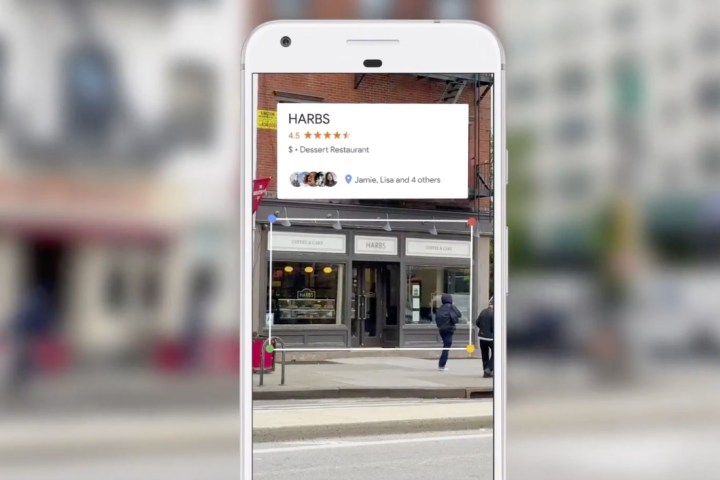
We can presently use our smartphones or tablets to probe our surroundings. For instance, we can position our smartphone cameras at foodstuff menus or street signals in international languages to translate them utilizing apps these as Google Lens. We can also understand about the surrounding structures and streets, or get move-by-stage navigation with Google Maps or Apple Maps.
Even nevertheless VR can be similarly entertaining, practical, or outstanding as AR, the latter seems to be a extra possible successor to our smartphones. We list some extra explanations supporting this argument beneath.
Convenience of use

An AR headset is mild and easy to wield as it only provides some aspects to the authentic world instead of getting to build an totally new digital realm. Next, the high quality of graphics from an AR headset is not especially sure in conditions of the display’s resolution due to the fact we however see the authentic planet in all its glory. Due to the fact the screen on an AR headset need to render and process fewer elements, it can rely on much less demanding components (or even a smartphone) for its processing wants. For that reason, most AR headsets are readily available as a pair of glasses.
In simple fact, corporations these types of as Oppo and Qualcomm have projected AR headsets to be extensions of smartphones. When that appears to be precise for the coming yrs, positioning AR headsets in our lives in place of smartphones appears to be the extra organic course of evolution — even if we’re a number of years off from that going on.
Familiarity
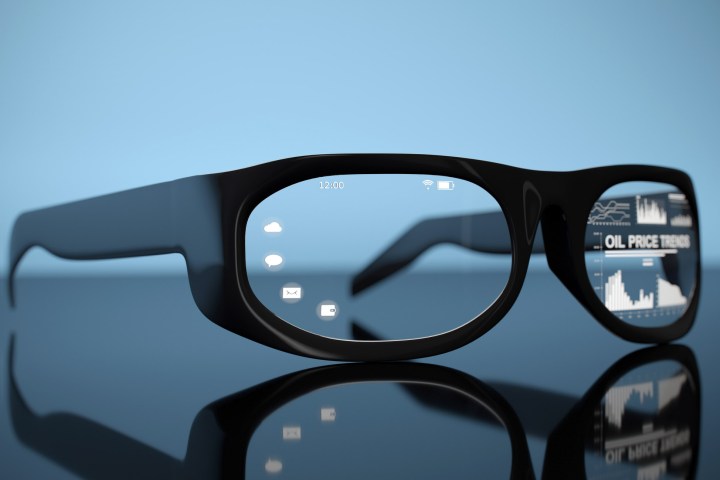
In the U.S. by itself, nearly 200 million folks use glasses for corrected eyesight, as for every the Vision Council of The usa, although world-wide utilization stands at in excess of two billion. These statistics testify that humankind has an personal romance with eyeglasses — and has had that for a number of centuries.
In typical, folks are inclined to gravitate towards products and solutions that are common to them, and this familiarity with glasses can probably be a major driving force for the adoption of AR eyeglasses. In comparison, VR continues to be comparatively exclusive to fanatics and experts who use it for gaming, suffering from the multiverse, or finding out. As of 2020, the range of AR end users was reported to be approximately 1.5 times that of VR, and the gap is predicted to broaden over the coming decades.
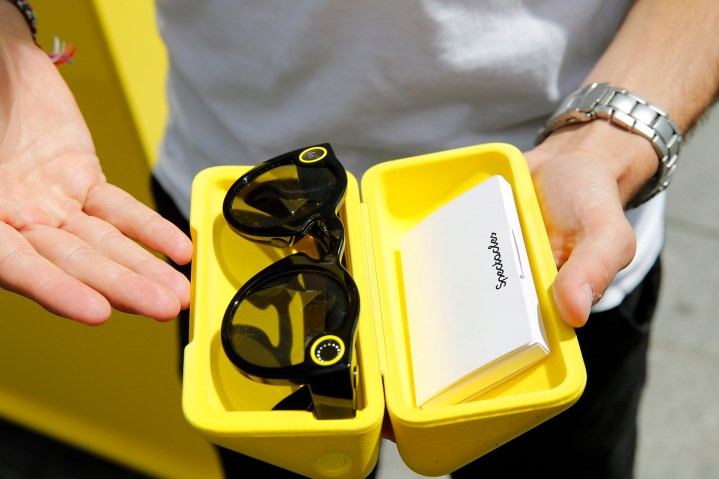
One particular of the most sizeable contributors to the use of AR — even devoid of committed AR glasses — are filters on social media apps these as Snapchat, Instagram, TikTok, and so forth. As we solution a upcoming with deeper penetration of AR, we can expect our social interactions to be appreciably enriched by the use of AR.
Wouldn’t it be thrilling to listen to someone’s title in a social location just the moment and not forget about it since your AR glasses bear in mind it and flash it in front of your eyes devoid of the other man or woman even figuring out? That is what an evolution from smartphones to AR glasses could allow.
Your everyday environment, amplified
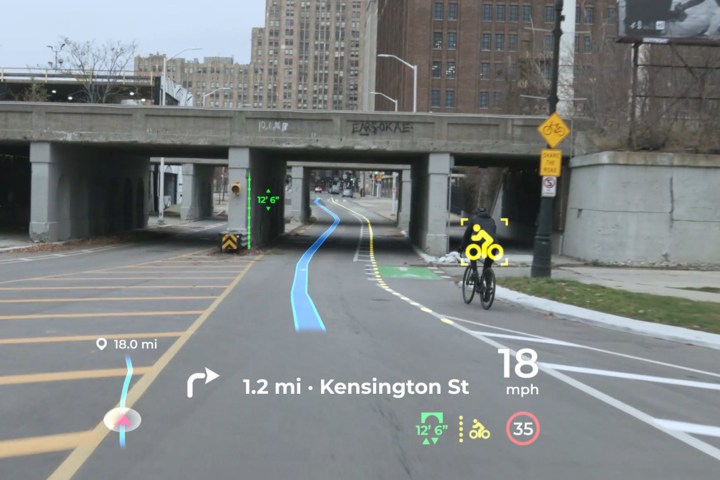
In addition to the progress of technologies these types of as AR and VR, we can expect equipment finding out (ML) and artificial intelligence (A.I.) to prosper more than the coming yrs. Assuming A.I. does not become sentient and conquer the globe, laptop or computer eyesight is only envisioned to enhance in the near foreseeable future. With this advancement, the likelihood of A.I. examining the planet on our behalf as we look at it through our AR glasses is exceptionally significant.
As Nvidia notes, computer vision — also recognized as movie intelligence — can be used to identify objects, faces, gestures, poses, and the general optical flow. Coupled with cloud computing, pc vision can become extensively out there and reasonably affordable for businesses to apply on their AR eyeglasses.
Just imagine being able to witness the planet like Iron Male! With AR glasses getting portion of our lives, humanity will attain a superpower that telephones might in no way be capable to replicate.
Big tech’s increasing curiosity in AR
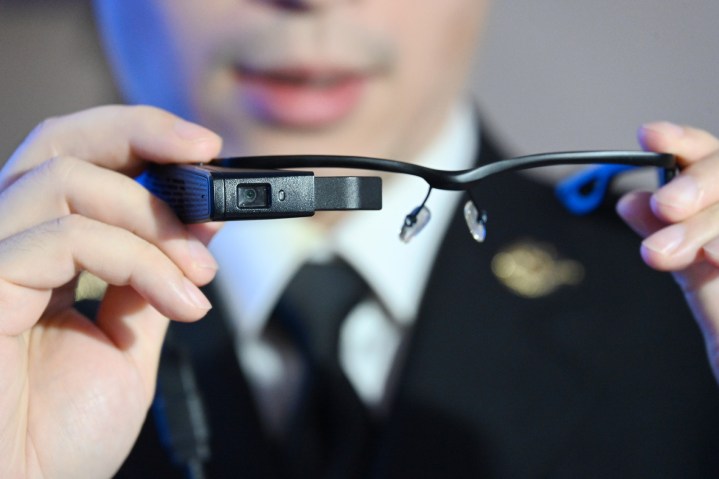
Proof suggests that virtually every little thing Apple touches turns into as hot as gold. The rumored AR headset by Apple is predicted to arrive in “late 2024,” but its fascination in the engineering can very likely travel the whole smartphone field on an entirely new route. As for every celebrated Apple analyst Ming Chi-Kuo, Apple even strategies to exchange the Iphone with AR eyeglasses in the future ten years. That appears to be to be very plausible given the progress of technology.
Even before Apple, we see lesser popular makes these kinds of as Oppo demonstrating the use case of AR glasses as extensions to smartphones. Just exchange the smartphone with processing on the cloud, and we must have a standalone AR headset personalized to tie you to a walled yard.

Concurrently, Meta’s AR glasses may well hit the shelves months before Apple. Thinking of the company has a extremely productive portfolio of Oculus VR headsets, its achievements with augmented fact and metaverse activities is just about certain.
And even though the Google Glass and Microsoft HoloLens may have been early to the industry, the companies’ knowledge with laptop eyesight will empower them to give AR encounters built-in with the most employed functioning techniques in the globe — Android and Home windows.
Problems that AR glasses will not fix

AR will very likely dominate our social and private life significantly in the long run, but difficulties involved with smartphones these days could also move throughout to long term systems. Persons might assume and expertise the same “dopamine rush” that telephones are mentioned to source. Zoning out or selectively blocking specific factors of reality could be extra available, when retreating from a convincingly goal actuality could turn into extra advanced than just pressing the electric power button on our smartphones.
At the similar time, there are sizeable challenges in entrance of engineers that establish time-analyzed AR eyeglasses. Mapping and calibrating AR to be correct could demand an in depth infrastructure of sensors and superfast wi-fi networks. The very best way to clear up this problem will be to build a pervasive device-to-device (M2M) mesh network in which every single machine or gadget interacts with each individual other device. Not just that, every single physical object, constructing, and perhaps even normal elements in the environment will have to be supplemented with sensors. This way, each and every device will broadcast its info alternatively of the AR eyeglasses having to detect and discover objects in their surroundings. That by itself will be a mammoth job. Meanwhile, safety and privateness worries open up up another can of worms we never have time to dive into.
Finally, getting rid of biases in A.I. will be a person of the substantial difficulties that engineers will have to tackle. Unlike humans, computer systems do not inherently know and working experience emotions. Instructing them to decide and, extra importantly, respect human values will be an arduous undertaking.
Editors’ Recommendations
[ad_2]
Resource url








